Coaxial Cable Assembly Manufacturer
With 1,000+ satisfied customers and a reputation for delivering high-performance, precision-engineered assemblies, we ensure unmatched reliability and versatility that set us apart from the competition.
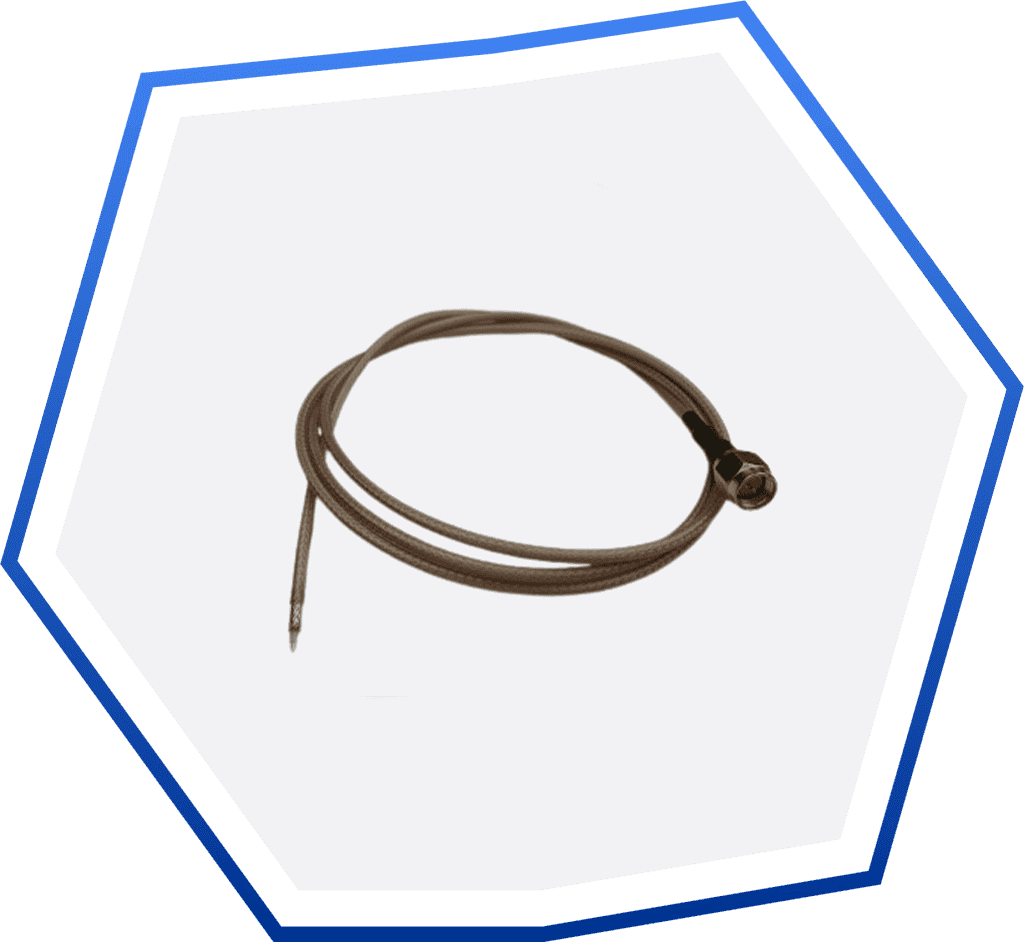
Our Clients






Coaxial cable assemblies are essential for transmitting high-frequency signals with minimal interference, making them indispensable in telecommunications, aerospace, and medical devices.
From standard to custom configurations, Wiringo ensures you get the ideal coaxial cable assemblies for your application, providing reliable signal integrity and superior performance.
Coaxial Cable Products
From traditional configurations to custom bundled and multiport solutions, Wiringo’s coaxial cable assemblies deliver exceptional performance and reliability to meet the diverse needs of industries worldwide.
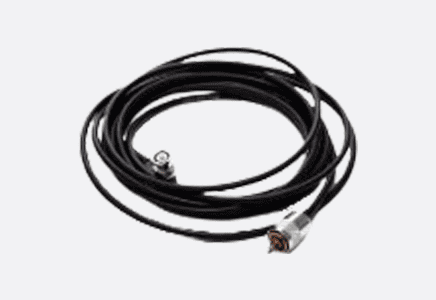
RF Coaxial Cable Assemblies
Offered with various connector options, including SMA, BNC, N, F, MCX, and MMCX.
Designed with precision impedance control, suitable for 50Ω, 75Ω, and 90Ω applications.
Features high-density copper braids and foil shielding to minimize RF and EM interference.
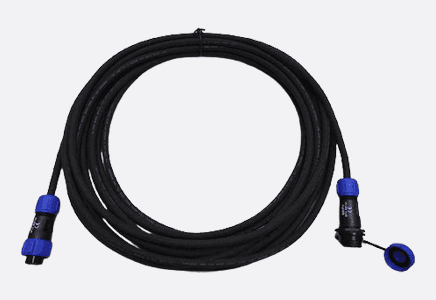
Molded Coax Cable Assemblies
Achieve reliable RF transmission with durable molded coax cable assemblies. Flexible angled mold designs allow cables to be routed to meet specific requirements. Additionally, customizable connections are supported by various accessories, including housing inserts, backplane frames, and press-in cable housings.
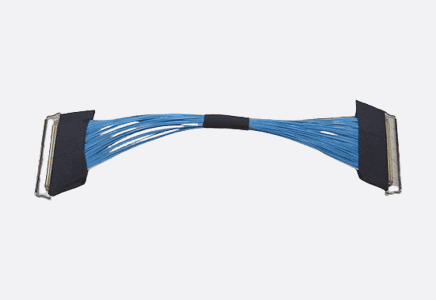
Mini Coaxial Cable Assemblies
Offered between 0.5 mm and 0.8 mm pitch configurations.
Compatible with 34 AWG to 38 AWG cables.
Available with U.FL/IPX/IPEX/MHF/MHF4 connector.
Engineered for reliable performance through repeated mating and unmating cycles.
Matched impedance ensures superior signal integrity.
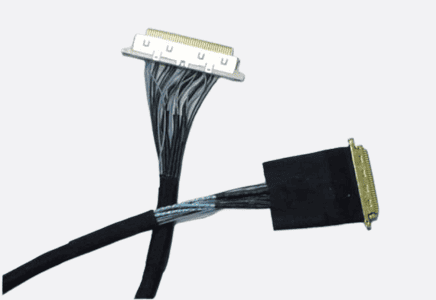
Multiport Solutions
For high-density avionics applications where space is limited, maintenance access is restricted, and performance is critical, multiport and mini-multiport connectors are ideal. These connectors combine multiple coaxial contacts into a single module or shell, providing a streamlined interface for demanding environments.
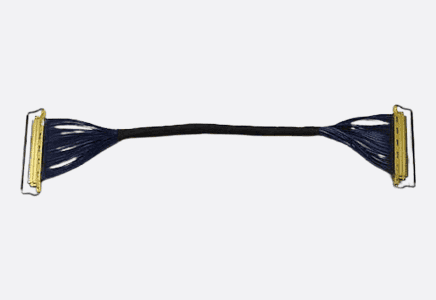
Micro Coaxial Cable Assemblies
Compact and lightweight design for effortless routing.
Outstanding heat resistance and electrical performance.
Enhanced mechanical strength and durability for extended flex life.
Constructed with high-purity copper alloy materials.
Available in sizes ranging from 32 AWG to 48 AWG.
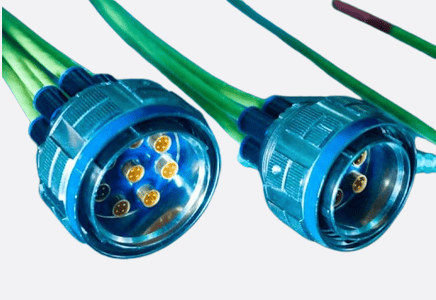
Bundled Cable Solutions
Bundled cable solutions simplify the creation of flexible antenna jumpers by combining multiple flexible or ultra-flexible jumper cables into a spiral form within a standard polyurethane outer jacket. These solutions allow for integrating individual coaxial cables into bundled connectors, which feature multiple RF ports for efficient connectivity.
Why Choose Wiringo?
Wiringo is a trusted partner, delivering unmatched quality and performance tailored to your needs.

Fast Delivery
We value your time and strive to provide fast, efficient delivery. With our streamlined processes and customer-first approach, you can rely on us to meet tight deadlines without compromising quality.

Customizable Solutions
We understand that every project is different. That's why we offer customizable cable assemblies, ensuring each product suits your specifications, whether for specialized environments or specific applications.

Unmatched Reliability
With years of experience in the industry, we consistently deliver reliable, high-performance solutions that meet the most demanding standards. Our cable assemblies are engineered for durability, ensuring optimal performance across various applications.

One-on-One Support
We offer personalized, one-on-one support to help you choose the perfect coaxial cable assembly. Our experienced team is always available to guide you through the process and provide expert advice tailored to your unique requirements.
Our Manufacturing Capabilities
Wiringo boasts advanced manufacturing capabilities, ensuring high-quality, precision-engineered coaxial cable assemblies manufactured to meet diverse industry requirements.
Services
Wiringo provides a wide array of services to support your requirements, including:
- Automatic cut and strip for coaxial cabling, compliant with ROHS
- High-precision processing, for example, we create female or male, plug or jack standard polarity or reverse polarity (RP) RF cable assemblies with bulkhead. Also, right angle, straight, and many other options aren’t left out.
- Custom cold shrinking/heat shrinking/booting/no weatherproofing
- Custom coaxial cable assembly harnessing and labeling
- Several cable armor designs
For an additional fee, we provide test plots, including:
- Hi-Pot testing to 6,000V AC and 5,000V DC
- RF testing to 65 GHz or higher frequencies
- Phase matching -/+2 degrees per GHz
- PIM testing to -10 dBc (-117 dBm)
Coaxial Connectors
Choose from +1300 coax connectors, including IPEX, FME, MMCX, SMA, MCX, SMB, CRC9, BNC, F, N, TNC, and SL16. Both standard and specialty connectors are available.
Coaxial Cable Types
You can choose from 114 types of coaxial cables, including standard RG cable types, covering RG316, RG178, RG174, RG58, 50-3/-5-7-9, LMR195, and RG142, Twinax, and numerous specialty cables in conformable, flexible, armored, and semi-rigid styles.
Flexible Order Quantities
At Wiringo, we understand that every project is unique, which is why we offer flexible order quantities to accommodate small orders, large bulk purchases, or custom runs, ensuring you get the right amount of product for your needs.
Customizations
You can use our wide selection of high-performing point-to-point solutions to transfer critical signals for board-to-board, cable-to-board, and cable-to-cable applications. Whether it’s special length, unique cable, or specific connector types, we have the expertise to deliver products that meet the highest standards.
What Our Customers are Saying
At Wiringo, customer satisfaction is at the heart of everything we do. We’re proud to have built strong, lasting relationships with clients across various industries who rely on our high-quality products and exceptional service.

I have received an shipment of the cables that was supplied (p/o : 5130903714 )
I would like to say thanks you , to you and your staff ( factory ) well done.
I am very happy with the quality of the work, ( C )

Thank you very much for your hot support and efforts for our parts supply.
We received your DC cables with thanks a lot.
All parts passed inspection successfully!

Lead Engineer
I just received the cables. Once again, we are very pleased with the results. We are also looking forward to further cooperation in the future.
Please take care.

I could not ask for anything better in terms of quality since everything arrived in perfect condition.
Thank you very much and I look forward to future projects with Wiringo.
Thanks again for Wiringo's hard work in making this project a success.
Frequently Asked Questions
Do you offer a prototype?
Yes. We offer flexible order quantities to accommodate both small and large orders. Whether you need a single assembly for a prototype or bulk quantities for production, we can adjust to meet your needs.
How do you determine the pricing for your coaxial cable assemblies?
Pricing is based on several factors, including the type of coaxial cable, customization options, order quantity, and the complexity of the assembly. For a detailed quote, please contact us with your specific project requirements, and we’ll provide a competitive price tailored to your needs.
What is the lead time for receiving an order?
Lead time depends on the complexity of the order and current production schedules. However, we are committed to fast turnaround times and strive to deliver most orders within a few days to a week. For custom orders, please contact us for an estimated lead time.






